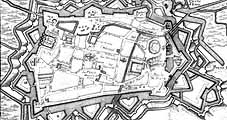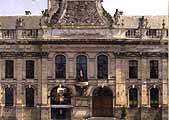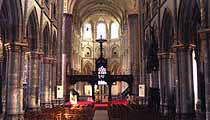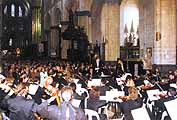Aire-sur-la
Lys

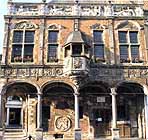 Flemish architecture of the Baillage (1600) |
Historic frontier town A Flemish town |
|
|
|
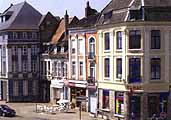 Grand'Place today: a unique example of 18th century town planning |
Recapture by the French Aire destroyed 1710 |
|
|
|
|
Aire: a unique 18th century
town In the 19th century, Aire developed industries along the banks of the Lys and its tributaries: watermills, breweries, tanneries... |
 The town giant, "Lydéric" |
|
Tourist
information and Weblinks |
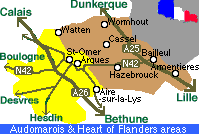 Click on towns for more information |
|
Places
to visit: |
|
|
Background
information: |
 QUICK TOUR round Audomarois district, starting with La Coupole... |
|
|
|
|
|
1710 |
|
|
|
|
